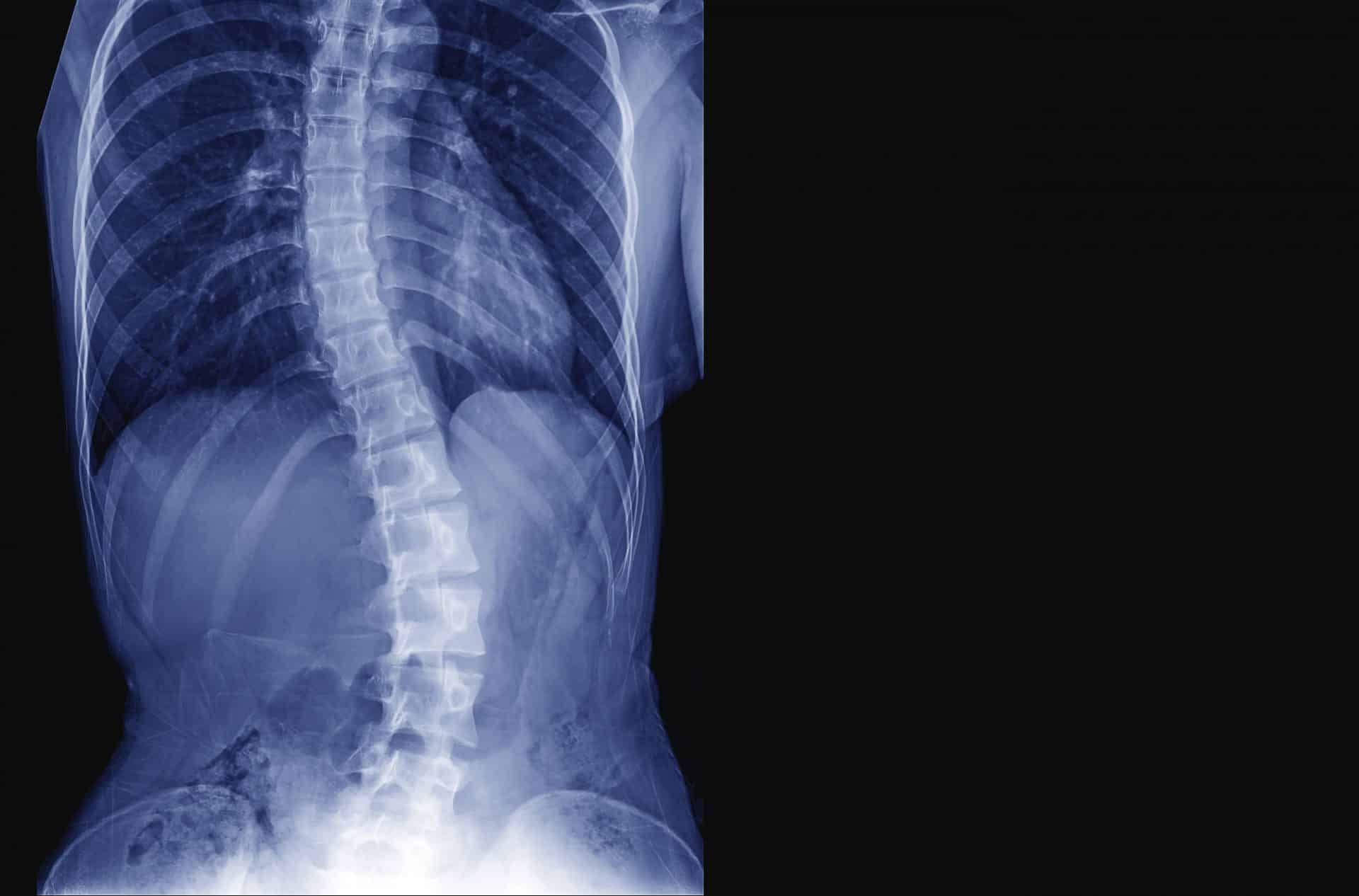Spinal Deformities

What Spinal Deformities are?
Spine deformity can happen when unnatural curvature occurs, as in scoliosis (side-to-side curvature) adult’s degenerative or pediatric. Scoliosis is abnormal side-to-side curvature of the spine. The spinal curve may develop as a single curve (shaped like the letter C) or as two curves (shaped like the letter S). In children and teens, scoliosis often does not have any noticeable symptoms and may not be noticeable until it has progressed significantly. The two most common forms are degenerative scoliosis and idiopathic scoliosis (adolescent). Three orthopedically approved options exist for combating scoliosis: observation, bracing, or surgery. also kyphosis and Scheuermann’s disease (front-to-back curvature).
The normal spine, when viewed from the side, is not a straight line as it is when viewed from the front or back.
- The thoracic (rib cage) portion of the spine has a normal forward curvature, called “kyphosis,” which has a normal range (20 to 50 degrees).
- This forward curvature is matched by reverse curvatures (called “lordosis” or “sway”) in the cervical spine (the neck) and the lumbar spine (the low back)
This combination of forward and reverse curves in the spine allows people to sit and stand upright.
Technically, any exaggerated rounding of the forward curvature in the upper back is called hyperkyphosis (meaning too much kyphosis), but the term “kyphosis” is commonly used to refer to the clinical condition of excess curvature of the upper back (greater than 50 degrees), leading to a stooped forward posture.This is how the term is used in the remainder of this article.
This condition stems from the Greek term “kyphos,” meaning a hump, and is referred to in various lay terms, such as a dowager’s hump, hunchback, roundback, or humpback. Kyphosis can develop at any age and can affect both men and women. While the condition usually develops in the upper back (thoracic spine), it is also possible to develop kyphosis in the cervical spine (neck) or lumbar spine (lower back).
What are the Symptoms?
Symptoms can range from mild, requiring no treatment, to severe symptoms that are best treated with surgery. Depending on the underlying cause of the condition, typical symptoms include one or more of the following:
- A hunched forward appearance, usually most pronounced when viewed from the side as the patient is bending forward
- Mild to severe back pain
- Loss of height
- Difficulty standing straight upright, worsening over the course of a day
- Fatigue
It also occurs due to defect (e.g. spondylolisthesis) or damage to the spine (if there are multiple fractures or ankylosing spondylitis). Deformities do not commonly cause pain unless the change in structure restricts movement or reduces room in the spinal canal and puts pressure on the nerves there.